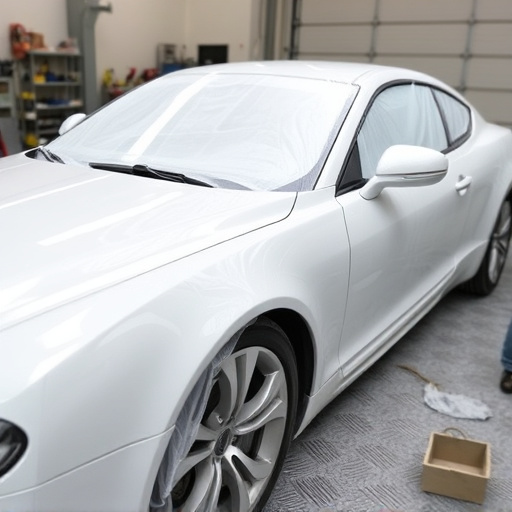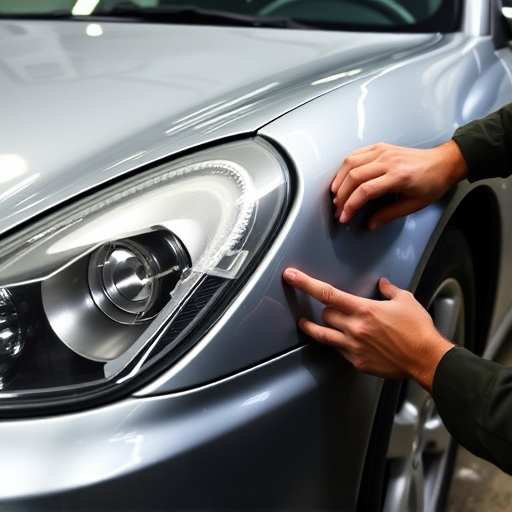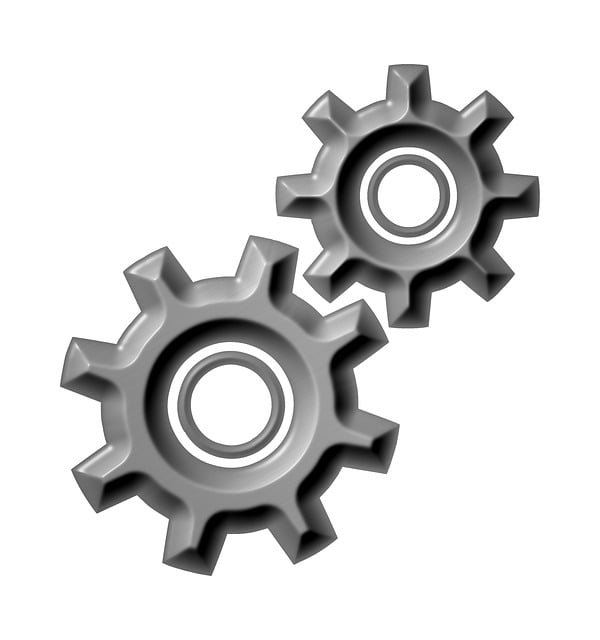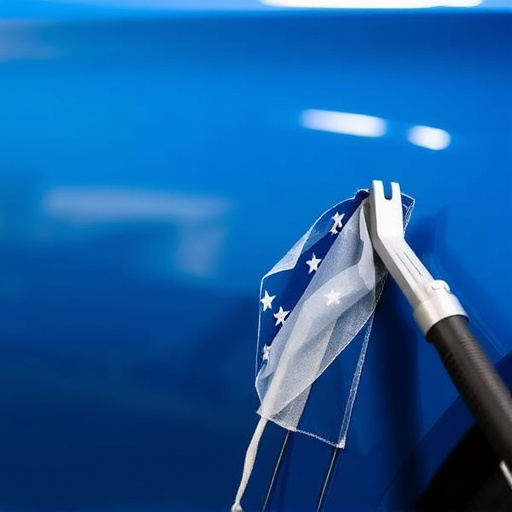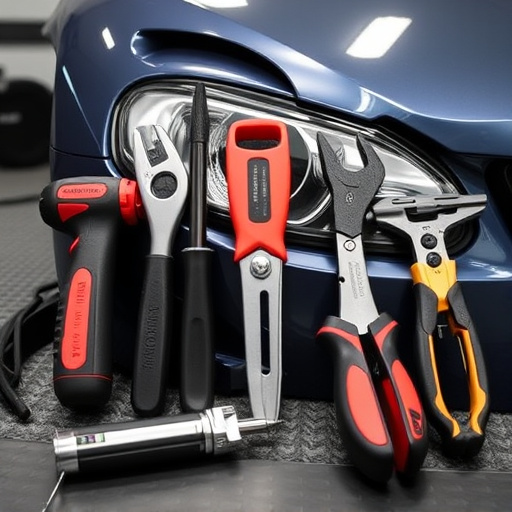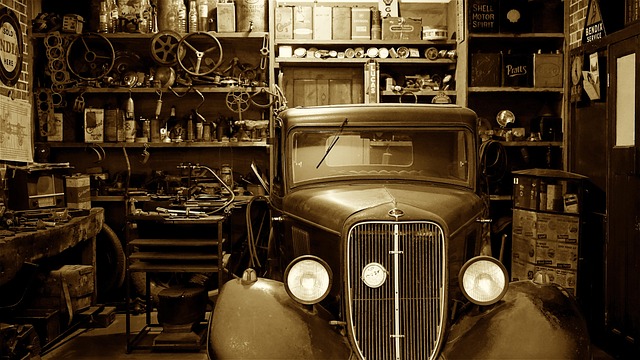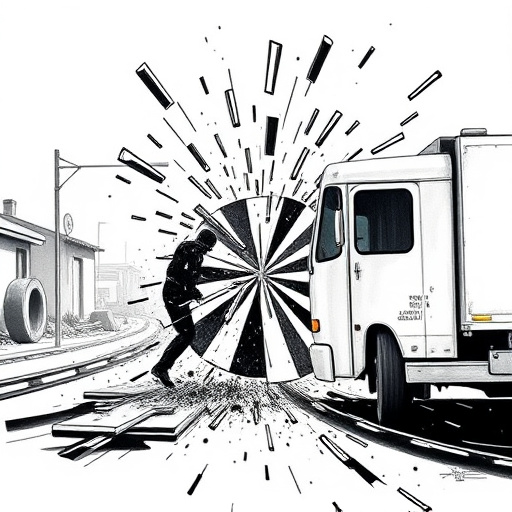A thorough alternator inspection is crucial post-accident to ensure vehicle safety and functionality. Accidents can cause unseen damage to electrical systems, including the alternator, which generates power and charges the battery. Reputable shops assess its condition using tools like voltmeters, visually inspect for damage, and perform necessary repairs, preserving the vehicle's overall condition and driver safety by addressing any overlooked issues from initial collision repair.
In the aftermath of a vehicle accident, thorough electrical checks are paramount for safety and reliability. Among these, alternator inspection stands out as a critical component. The alternator, a vital powerhouse, ensures a steady supply of electricity to keep essential systems functioning. Understanding its role in maintaining vehicle operations post-accident is crucial. This article explores the significance of alternator inspection after accidents, providing a comprehensive checklist to guide professionals through this critical process.
- Understanding the Alternator: Its Function and Significance in Vehicles
- Post-Accident Assessment: Why Alternator Inspection is Crucial
- Comprehensive Checklist for Alternator Inspection After an Accident
Understanding the Alternator: Its Function and Significance in Vehicles
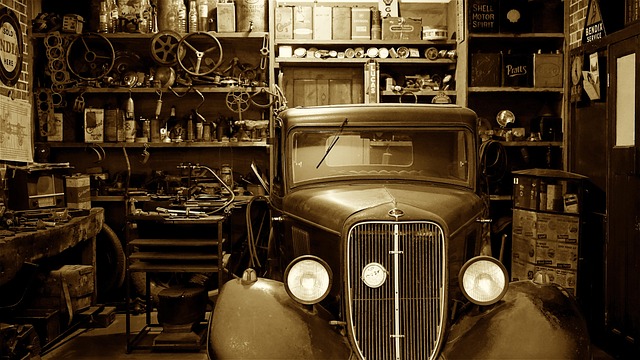
The alternator is a vital component in modern vehicles, playing a crucial role in maintaining electrical systems. Its primary function is to generate and regulate electricity, ensuring every electronic system in your car operates smoothly. During and after an accident, this small but powerful device becomes even more critical as it’s responsible for keeping essential components charged while facilitating the post-accident electrical checks process.
A thorough alternator inspection after an accident is a significant step in collision repair. Professionals at a reputable collision repair shop will carefully assess its condition to ensure it can effectively power the vehicle during the recovery and repair process. In some cases, especially with severe damages, paintless dent repair techniques might be employed to restore the alternator’s aesthetics without compromising functionality, ensuring a seamless auto body painting experience.
Post-Accident Assessment: Why Alternator Inspection is Crucial

In the aftermath of an accident, a thorough post-accident assessment is paramount to ensure safety and functionality. One critical component that often requires close inspection is the alternator. Located in the heart of a vehicle’s electrical system, the alternator plays a pivotal role in maintaining power and charging batteries, especially during and after a collision. An alternator inspection after an accident becomes crucial for several reasons.
First, accidents can cause invisible damage to the delicate electrical systems within a vehicle. The impact might lead to internal disruptions or external signs of wear and tear that are not immediately apparent. Skipping an alternator inspection could result in overlooked issues, potentially causing further complications during auto maintenance or fender repair processes at a vehicle body shop. Therefore, it’s essential to treat alternator inspection as a critical step in post-accident assessments to safeguard both driver safety and the overall condition of the vehicle.
Comprehensive Checklist for Alternator Inspection After an Accident

After an accident, a thorough alternator inspection is crucial for ensuring vehicle safety and reliability. A comprehensive checklist should include several key steps. Firstly, visually inspect the alternator for any signs of damage or external wear, checking for cracks, leaks, or loose connections. Secondly, test the alternator’s output to verify its functionality; this can be done using a voltmeter to measure the voltage produced under load. Additionally, examining the belts and pulleys for slippage or damage is essential, as these components are critical for the alternator’s operation.
Further, consider checking the battery connections, as corroded or poorly fitted terminals could hinder the alternator’s performance. Regular maintenance, including lubricating moving parts (if applicable) and inspecting the diode bridge for any failures, should also be part of the routine. For those seeking comprehensive car repair services or auto body repair after an accident, a detailed alternator inspection is a critical step in ensuring that all systems are restored to pre-accident condition. Tire services may also be required if the impact affected wheel alignment, which can indirectly influence alternator performance.
In light of the above, it’s clear that a thorough alternator inspection after an accident is paramount. The alternator plays a vital role in keeping a vehicle’s electrical system operational, and any damage or malfunction can have significant implications for safety and performance. By following a comprehensive checklist, vehicle owners and mechanics alike can ensure that this critical component is evaluated accurately, leading to better post-accident outcomes and peace of mind on the road.


